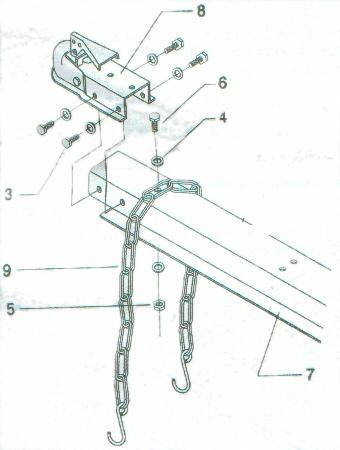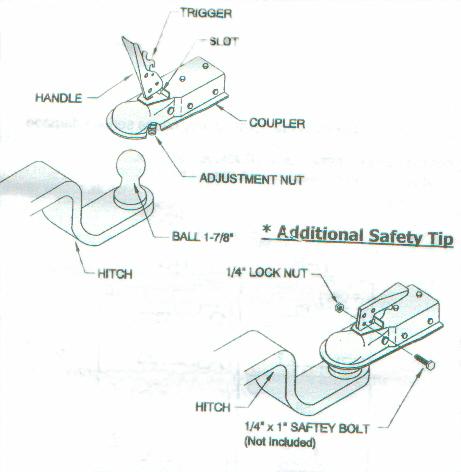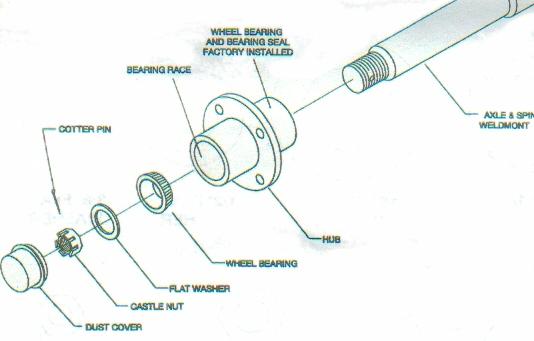

|
Appeal - traditional aerodynamic vintage sleek styling - new design techniques - lightweight - fast Size
- total tow weight= 1400 lbs
- sleeps 2 tall adults comfortably
- large side bubble window
- lightweight steel cabin frame - internal plywood roof skin coated with waterproof resin - insulated roof (3 inch thick) - exterior vinyl trim |
Walls
- lockable side door - lightweight steel cabin frame - internal plywood wall skin coated with water-reistant plastic paint - vinyl exterior and interior body panels
- vinyl interior body panels (same as exterior)
- vintage cast iron door handles
- vinyl interior cabin panels (interior)
- rear hatch storage - lockable hatch - vintage castiron hatch handles
- no extra breaks needed - no extra mirrors needed - bumper with large safety reflectors |
|
Summary - traditional vintage aerodynamic streamlined styling - total size (L)96"x(W)51"x(H)60" - overall length = 132" - max tongue weight - 90lbs - coupler 1 7/8" ball - G.V.W.R. 1300lbs (590 kg) - cabin sleep space (L)78"x(W)48"x(H)48" - lightweight (approx. 400 lbs inc. frame and cabin) - highway rated tires - skylight and ventilation - large side bubble window - aluminum roof skin - finished interior - lightweight construction materials - sleep 2 tall adults comfortably - kitchenette with pass-thru sink - insulated walls (3 inch) - lockable side door and kitchenette hatch - no extra breaks needed - no extra mirrors needed |
|
|
SAFE USE AND OPERATING INSTRUCTIONS Towing Vehicle Make certain the vehicle is capable of towing the load. Make sure all doors are locked. Do not have a hot barbeque on the kitchenette counter. Park your teardrop away from an open fire pit. Heat or sparks may damage the camper. Never travel with the hatch in the raised position. Excess speed is the second most frequent cause of car-trailer accidents. Recommended maximum speed for passenger cars towing trailers is 55 MPH (88 Km/h). The FOXY Teardrop has been tested at 80 MPH empty to ensure a smooth aerodynamic tow. (You don't even know its there!) |
Hitching Instructions The following are essential in hitching your trailer to a vehicle. 1. Open locking lever on coupling. 2. Lift tongue and lower coupler onto hitch ball. 3. Close locking lever, lift upwards on tongue. Hitch must not come off ball. If it does, repeat steps 1 through 3. Also, if any slack exists when lifting upward on tongue, use 3/4" wrench to adjust nut underneath coupler. 4. Install bolt, pin or lock into locking lever and secure (not included). 5. Cross safety chains under tongue and hook onto car's hitch. It is advisable to close the hook openings to an amount that reduces the chance of it vibrating loose, yet provides for easy removal when unhitching the trailer. Hitch, Ball, and Coupler Only use a 1 -7/8" ball hitch on your towing vehicle There should be no play between the ball and the coupler. If there is play, tighten the adjustment nut until no play is present. If the nut is too tight, the handle will not lock. Note: To reduce friction between the ball hitch and coupler, apply a layer of multipurpose lithium grease over ball hitch. Wipe off excess grease when not in use to avoid staining clothes. Safety Chains Be sure to use safety chains at all times with this vehicle. Check that safety chains are crossed under the tongue and attached to towing vehicle with the same length on each side. Do not all chains to drag on ground. |


|
|
Loading Never overload trailer. Maximum load is 1100 lbs minus 200 lbs for the cabin which gives a carrying weight of 900lbs. Load tailer evenly from side to side with 60% of the load forward to the axle. It is important that the tongue be pressing down on the hitch, but not exceeding a downward force of 10% of the maximum load. It is against the law to carry passengers in the back of any trailer. Never extend load beyond the frame, it may cause serious damage. Do not haul a load more than 4' tall above the deck. That means nothing should be mounted on the outer shell of the teardrop. Lighting Check lighting before each use and every 100 miles (160 kms) to be sure stop, tail, turn signals are working properly. Replace any broken lenses, reflectors or bulbs. Check wires for good connections and possible fraying or wearing of insulation. Bulbs used with this trailer are for 12-volt systems. Tires Check tires for wear and proper inflation before each use and every 100 miles (160 kms) Tire pressure should be kept as 60 psi cold. Check and tighten lug nuts. Torque to 85-90 ft. lbs. Operation Know how to properly control your towing vehicle-trailer combination on the highway under all conditions. Remember the loaded weight of the trailer will increase your braking and stopping distances appreciably. When towing a trailer of long distances stop and check tightness or all connections, lights and running gear every 100 miles (160kms). Carry emergency flares, and a fire extinguisher if required for operation in your state or province. It is desirable to carry extra bulbs and fuses if you are towing the trailer at night over any great distance. An optional spare tire is handy. Care and Maintenance Check and maintain the trailer, coupler, ball and hitch before each use and every 200 miles (320 kms). Inspect hitch and ball for damage in everyday use. Ball and hitch can be damaged in parking, hitting curbs, and dragging when crossing ditches or railroad tracks. Check safety chains for wear, and do not allow safety chain to drag on ground. |
|
|
Lubrication |
 |
|
Replacement of Bulbs The light bulbs used in your trailer are available at service stations. To replace a bulb, unscrew the lens and remove the bulb. Replace the bulb and screw the lens back on. |